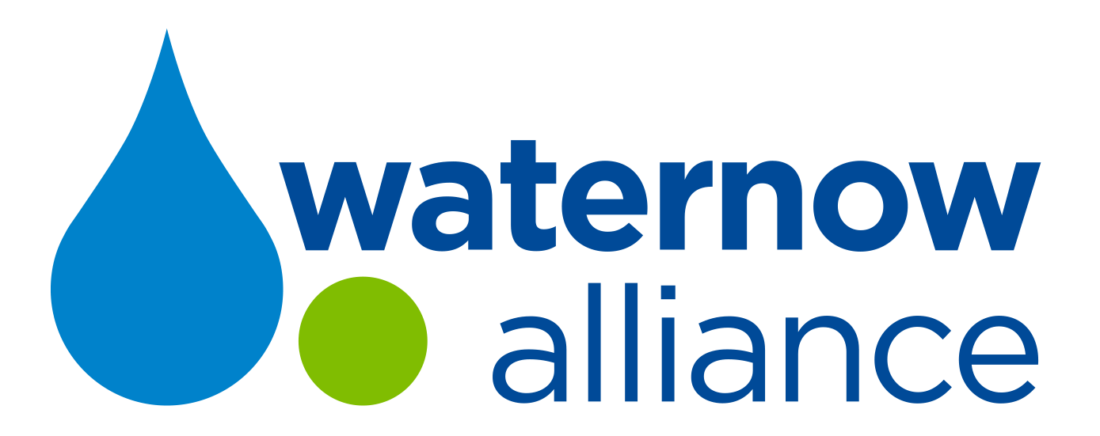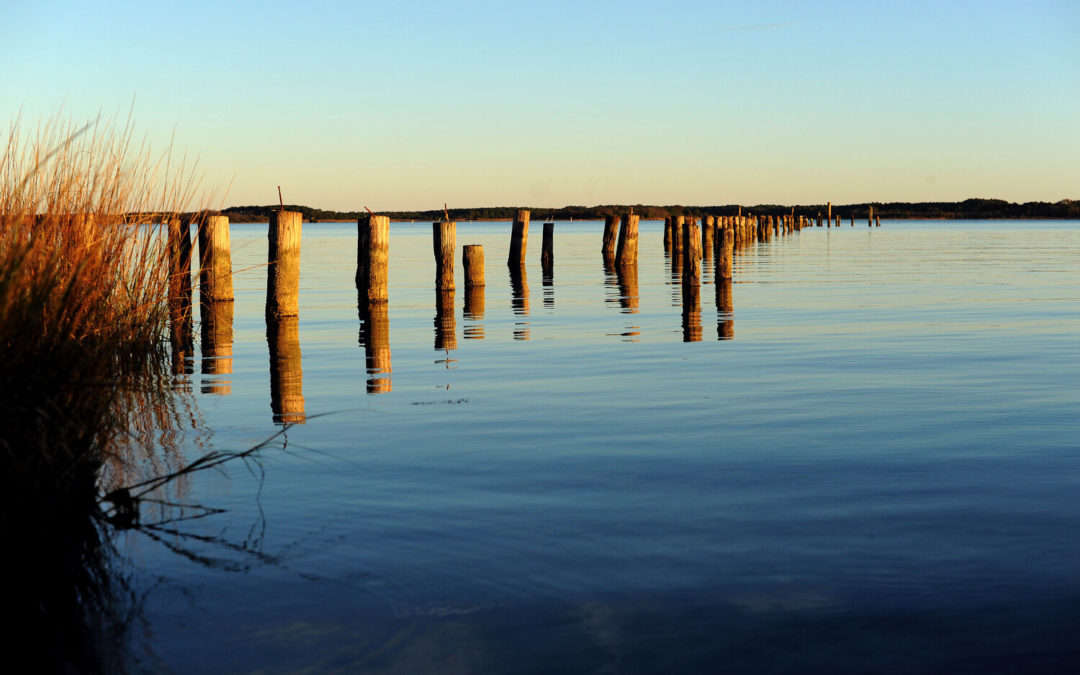By Benjamin Cohen, Director, Quantified Ventures
Water is the delivery vehicle for climate disruption in the United States and worldwide. Cities are facing increasing risk from flooding, sea level rise, and also drought and declining snowpacks. Our water challenges are only going to get worse as the climate changes. Preparing for these growing challenges and building resilience will require innovative solutions and big picture ideas.
We cannot address our water and resilience challenges by tinkering at the edges or business as usual approaches alone – it is essential that we bring significant capital to bear to build resilience in new, innovative, and impactful ways.
These ways include the use of natural infrastructure, distributed systems, incentives and other behavioral approaches, emerging monitoring technologies, and projects that leverage upstream-downstream linkages, which are all growing as high-impact solutions to water challenges. Often, these innovative solutions are better enabled and even more impactful when paired with innovative financing.
We’ve seen this bear out in our work at Quantified Ventures developing outcomes-based financing transactions. In these transactions, repayment on an investment in a project is linked to the success of the project by generating desired environmental, social, or economic outcomes. This approach has been shown to accelerate emerging water infrastructure solutions. For example, the Environmental Impact Bond (EIB) issued by the Atlanta Department of Watershed Management enabled new green stormwater infrastructure projects that previously lacked access to funding to be deployed, by hedging the uncertainty of their capacity to capture stormwater, and novel Environmental Impact Funds (EIFs) leverage outcomes payments from downstream municipalities to pay for upstream improved agricultural management, as a more cost-effective approach to manage nutrient runoff than downstream water treatment facilities.
A new paper highlights some of these emerging solutions, including the first-ever EIB created by Quantified Ventures with the DC Water and Sewer Authority, as it profiles a range of projects and initiatives across the country that can help mitigate the coming water crisis while improving local economies and conditions in the most vulnerable communities. For those of us that have a vested interest in innovation in the water space, it should be required reading.
“Innovation in Action: 21st Century Water Infrastructure Solutions,” outlines pathways to a sustainable water future. It reviews state-of-the-art advancements in local water management, and examines forward-thinking strategies that are addressing drinking water, wastewater, and stormwater issues in cities and counties across the country and making them more resilient.
The paper focuses on infrastructure as the critical piece in ensuring water security. It examines 13 programs in 12 cities and 9 states, finding convincing evidence of water management gains in green stormwater infrastructure, conservation and efficiency programs and lead service line replacements. What links these initiatives is that they all expand the definition of “infrastructure” to include local strategies that are onsite and decentralized as a vital compliment to conventional water systems.
Between aging infrastructure, dwindling water supplies, stormwater challenges, and growing equity and water quality concerns, public utilities across the country are in need of an overhaul. But refurbishing conventional centralized infrastructure is often costly and time intensive— the US Water Alliance estimates that America’s water systems will require $4.8 trillion over the next twenty years. That is where localized, onsite, and/or natural water infrastructure programs can help.
These programs provide resilient and affordable water management alternatives that can address a wide range of water resource challenges, and allow cities, towns and water agencies to pay for or subsidize decentralized solutions. Offering both scalability and long-lasting benefits, localized strategies can effectively safeguard water supply and quality, protect ecosystems, and manage urban runoff—all for a lower price tag than conventional strategies.

